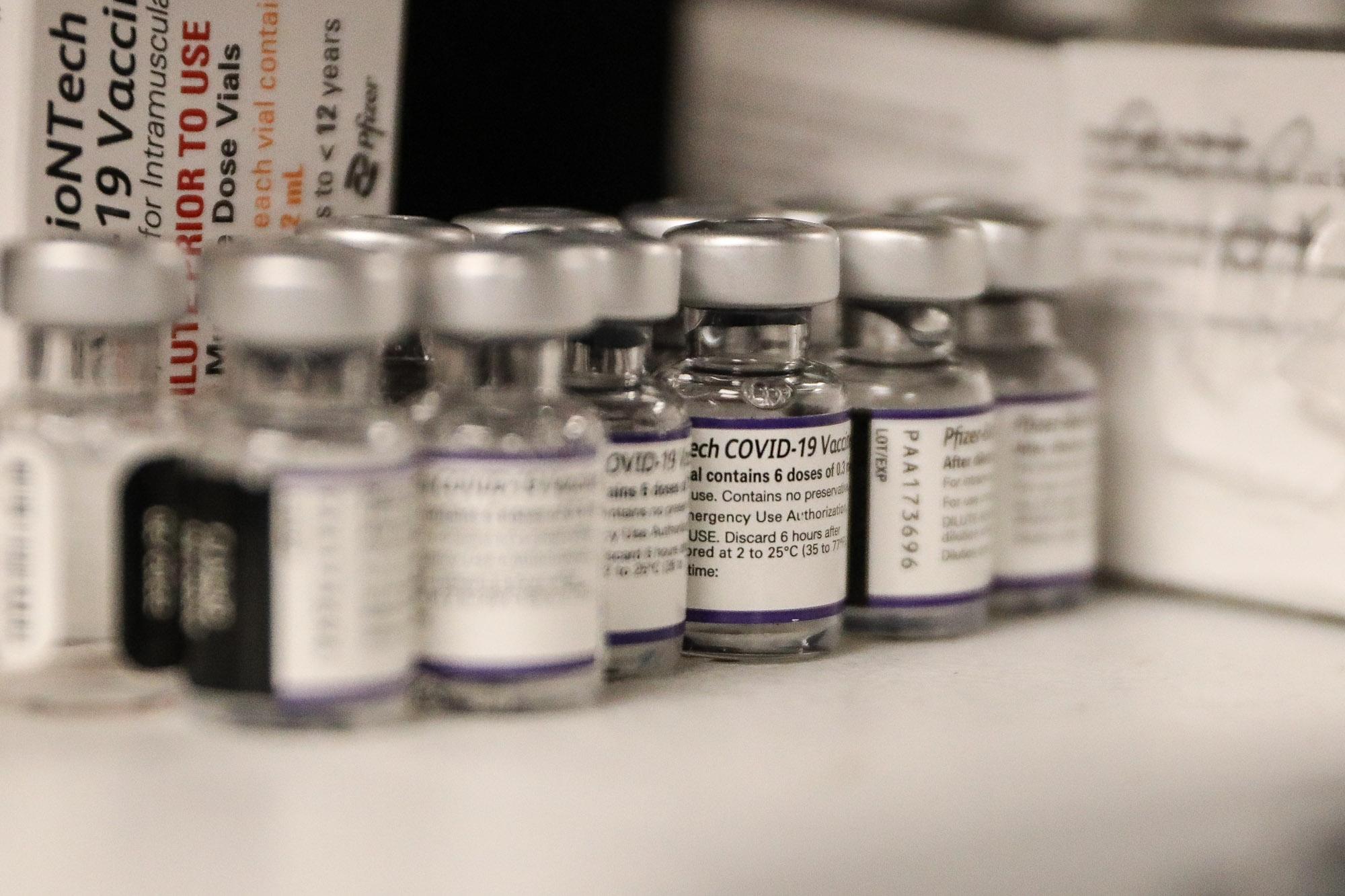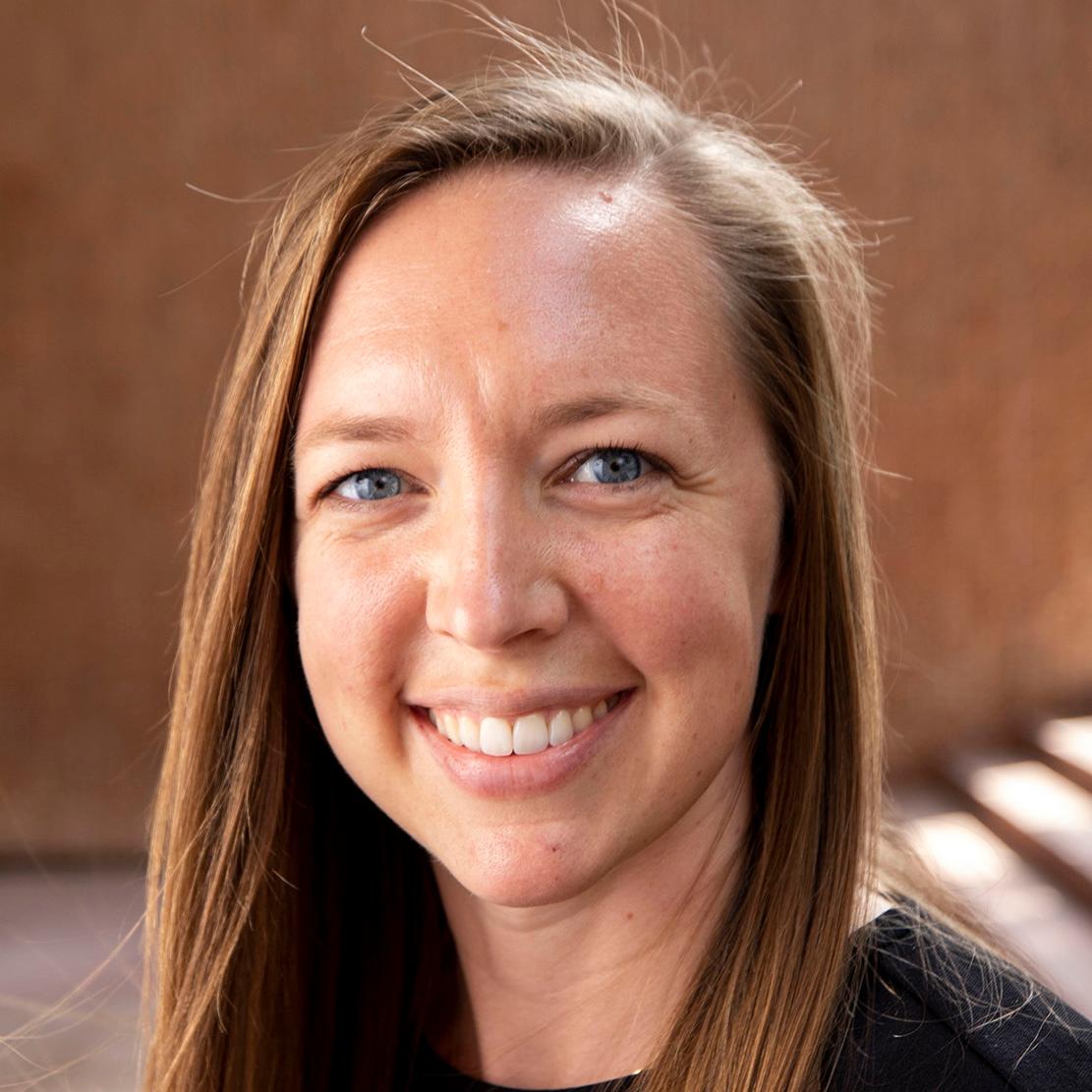
As the new, more contagious omicron variant of the coronavirus spreads through Colorado, booster shots are crucial for preventing infection and lessening the chance of serious illness, hospitalizations and death.
But not all Coloradans who are eligible for booster doses are getting them.
Though the booster dose is considered the most effective defense against the omicron variant, Coloradans are not yet embracing it at the same pace they took to initial doses of the vaccine. Through Monday, CDPHE data shows that only 39 percent of the state’s residents who have received both initial doses have also received a booster shot. Given the number of people who have not received any vaccine despite being eligible, it means that only 28 percent of all Coloradans 12 and older have received a booster shot.
Across all age groups, including children, more than three out of four Coloradans are not fully-vaccinated and boosted, making them more vulnerable to this latest variant.
Here’s where you can get a COVID booster and test in Colorado
The CDC recommends boosters six months after a second shot of Pfizer or Moderna, so some of that lag represents people who didn’t receive their second dose until after June 26. But by then, the bulk of Coloradans had finished their course of two vaccines, and daily doses fell below 10,000 across the state. So the lag today must reflect some reluctance to get the booster, said Beth Carlton, an associate professor at the Colorado School of Public Health and a member of the Colorado COVID modeling team.
“There are a lot of people eligible for boosters who have not been boosted,” Carlton said.
The impact of the omicron variant is now evident in Colorado case counts. After a brief dip as the Delta variant eased, the number of cases recorded in the state rose by 82 percent from last week. Cases are now at the highest level since December, 2020, before vaccines were widely available. On Sunday, almost 19 percent of COVID tests conducted statewide at public sites returned positive results. That’s the highest daily positivity figure in the state since testing became abundant in the summer of 2020.
“The bottom line: omicron spreads like wildfire,” Carlton said. “It's just able to infect people very rapidly and spread very rapidly through communities. I think we underestimate it at our own peril.”
Is it COVID or a cold? Here’s what to do if you feel sick, and how to stay safe during the holidays
Based on growth curves from other parts of the country, Carlton estimates that half of the cases statewide are now due to omicron.
Some of the communities that most enthusiastically embraced the initial rounds of vaccine are now falling behind on boosters. Mountain communities in Pitkin, San Juan and Eagle counties – home to some of the state’s ski destinations – have the largest gap between the percent of residents 12 and older who are fully vaccinated and those who have received a booster shot.
Some of the disparity could be attributed to unreliable data. In Pitkin County, 30 to 50 percent of boosted residents may have been misclassified as first-dose recipients, but county health experts still see a lag in residents getting boosters.
“This is our busy season,” said Carly Senst, the vaccination and testing coordinator at Pitkin County Public Health. “This is the time that our workforce, quite frankly, has to be at work,” which can make scheduling a booster or taking a sick day to recover more challenging.
In San Juan County, 94 percent of residents 12 years and older are vaccinated, but only about a third have received booster shots.
DeAnne Gallegos, a public information officer for San Juan County, said that summer or winter-only residents, or residents who received vaccines and boosters at mobile clinics, may not be fully captured in CDPHE’s data for her county.
The county health department shifted its focus last summer to encourage first doses of the Covid vaccine for people visiting from Arizona, Texas and other states with lower vaccination rates. She said it took seven or eight months to reach a high level of community protection, making many people eligible for boosters just after the new year.
“Our winter residents are just now coming back to the ski area,” Gallegos said. “That’s where we’re going to focus on those boosters.”
The Tri-County Health Department, which works with Adams, Arapahoe and Douglas counties, found that only about 40 percent of the residents who are currently eligible for boosters have actually received them.
Adam Anderson, the health data and GIS manager at Tri-County, found that older residents are getting more boosters, but communities where few people have easy access to health care have low booster shot rates.
“I've heard numerous anecdotal stories about having issues with just even scheduling and finding appointments,” Anderson said. He notes that in communities where fewer people have primary care doctors or access to routine medical services, and in lower-income communities, getting booster shots may present more of a challenge.
Glen Mays, a professor of health policy at the University of Colorado School of Public Health, said that Coloradoans without access to regular healthcare and non-English speakers may have a hard time navigating doctors appointments for booster shots.
COVID treatment in Colorado: monoclonal antibodies, steroids and other ways medicine is fighting the virus
“We're not doing as much of these large-scale, mass vaccination campaigns anymore to get your booster vaccine,” Mays said. “For most of us, it's going through, navigating the normal healthcare channels.”
Current coronavirus vaccines are much more effective than health experts had hoped at the beginning of the pandemic, which may have contributed to less communication that immunity wanes over time, said Tri County Health director Dr. John M. Douglas, Jr.. When it became clear boosters were needed, “they first got messaged perhaps a little bit too much like, ‘You can get a booster,’ as though it was an option, rather than ‘you should get a booster,’ or ‘it's really critically important that you do get a booster,’” Douglas said.
People who have not yet received any vaccine are “far and away the highest priority,” Douglas said, but low booster rates could overwhelm the hospital system as omicron spreads. That would lead to the implementation of crisis standards of care, when resources are rationed and triaged.
“And when that happens, everybody gets impacted. It's not just the people with COVID who could receive suboptimal care,” Douglas said.
Omicron is more likely to infect fully-vaccinated individuals than previous variants, and CDC guidelines for healthcare workers could compound staff shortages at hospitals. Widespread illness could also leave schools short-staffed and parents scrambling for childcare. Already, thousands of flights across the country have been canceled as airlines face staffing shortages caused by the variant.
Douglas said that boosters will likely be necessary for decades to come as society adjusts to living with Covid.
“I think we're gonna have a rhythm of vaccination. I think this thing is gonna become part of what we need to incorporate into our thinking as we try to get past the pandemic and normalize living with COVID as best we can.”
Mays said people who are vaccinated and boosted can encourage hesitant friends and family to get vaccinated. “I think it's important for all of us to be charitable in having those kinds of conversations, recognizing that not everybody has access to the same information and the same sources of care,” said Dr. Mays.
“I would suggest, let's offer everybody a measure of grace and just take advantage of the ability to share information across our social networks, because that's a powerful way of getting people motivated and activated to get vaccinated.”
Related stories
- With omicron concerns rising, Polis says booster shot may become requirement for full vaccination status
- COVID treatment in Colorado: monoclonal antibodies, steroids and other ways medicine is fighting the virus
- Is it COVID or a cold? Here’s what to do if you feel sick, and how to stay safe during the holidays
- Omicron has arrived in Colorado. Here’s what we know about how COVID spreads in the air









